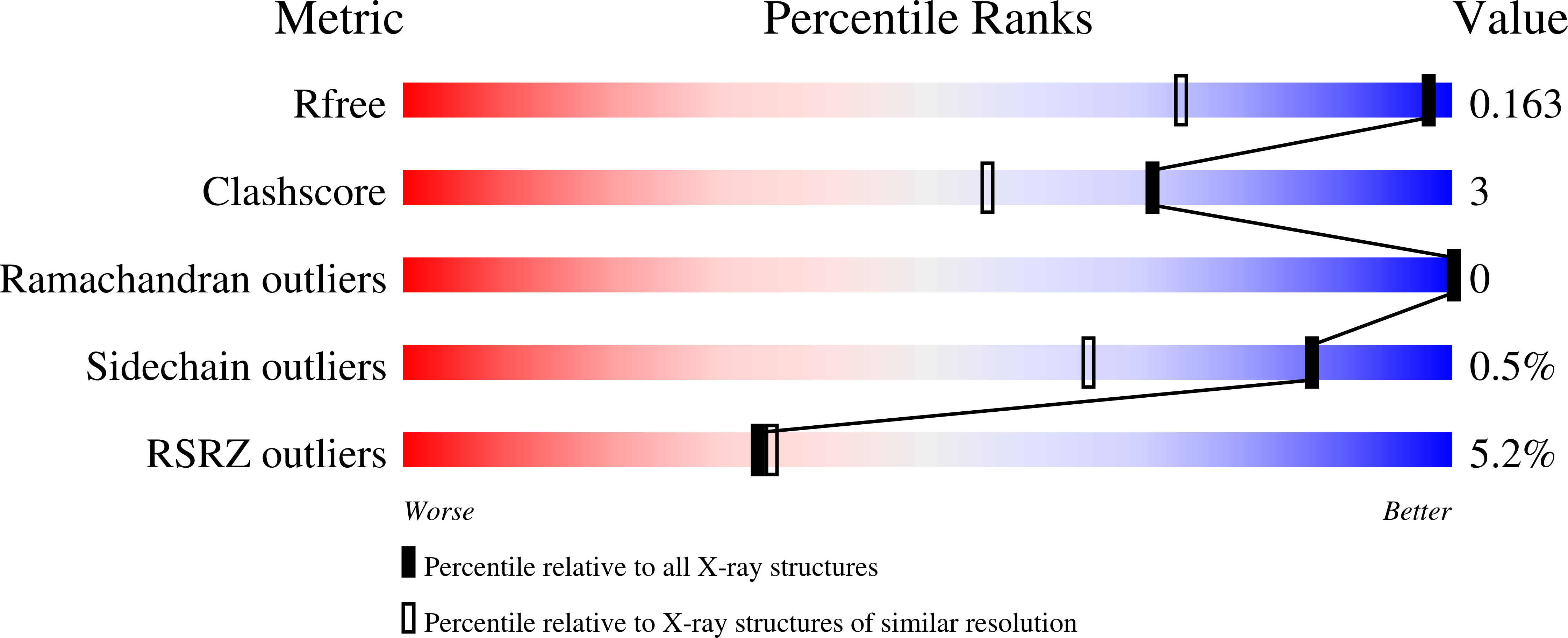
Deposition Date
2024-06-02
Release Date
2025-05-14
Last Version Date
2025-05-21
Entry Detail
PDB ID:
9C3Y
Keywords:
Title:
Crystal structure of biphenyl synthase from Malus domestica complexed with tetraketide-CoA mimetic
Biological Source:
Source Organism:
Malus domestica (Taxon ID: 3750)
Host Organism:
Method Details:
Experimental Method:
Resolution:
1.19 Å
R-Value Free:
0.16
R-Value Work:
0.15
R-Value Observed:
0.15
Space Group:
P 1 21 1


